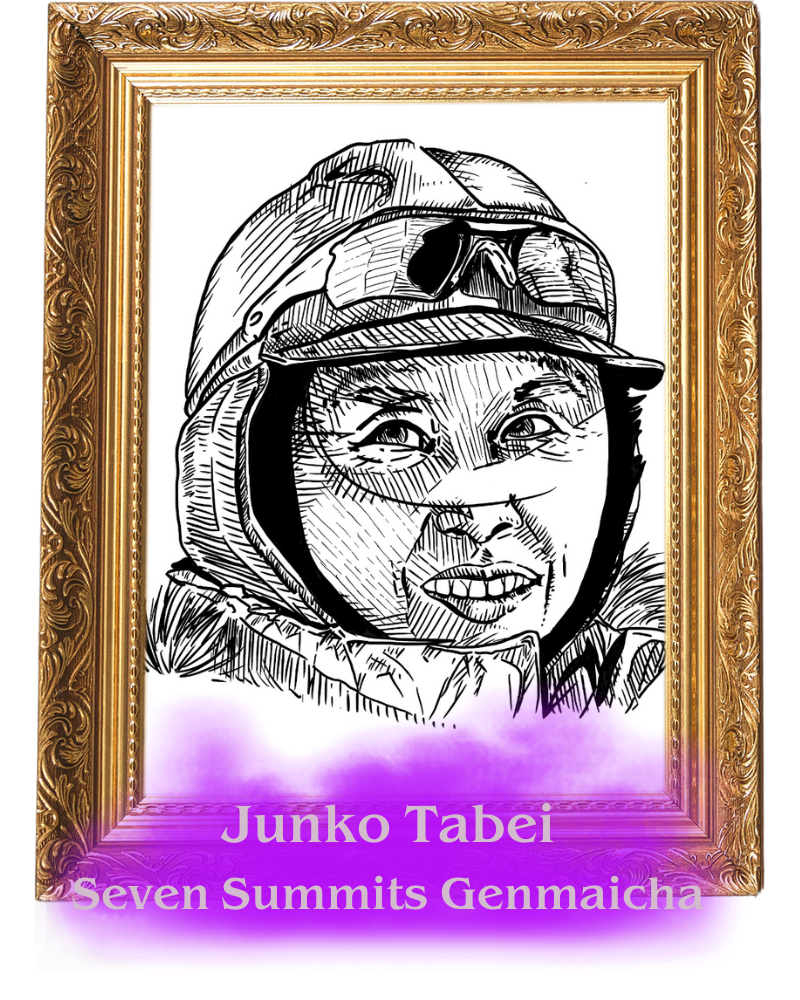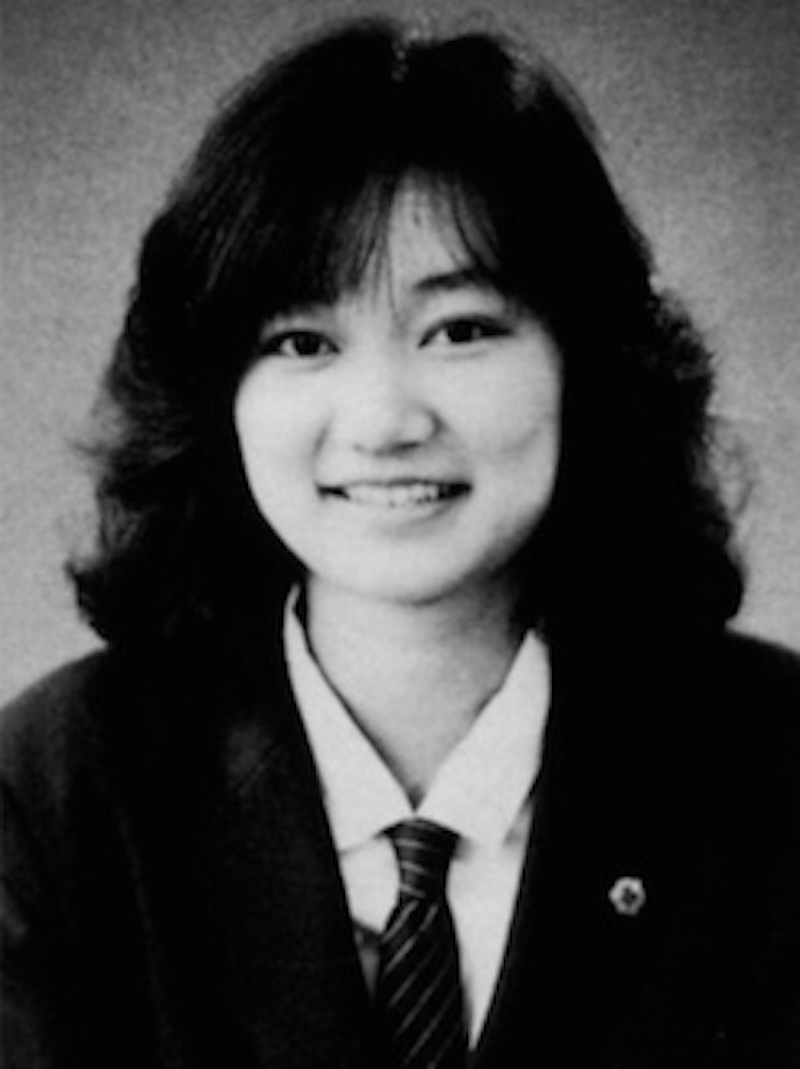Junko Furuta: The Dark Chronicles Of A Tragic Story
So here’s the deal, folks. You might’ve stumbled across this name while diving deep into the dark corners of true crime stories. Junko Furuta, a name that’s become synonymous with one of Japan’s most harrowing and disturbing cases. It’s not just a tale; it’s a chilling reminder of the depths of human cruelty and the importance of justice. This is a story that will haunt your thoughts long after you’ve finished reading. But let’s dive in, shall we?
Now, before we get too far, let’s set the stage. This isn’t just another crime story. Junko Furuta’s case is a tragic chapter in Japan’s history, a narrative that explores the darkness of human nature and the need for societal change. It’s a tale that shakes the core of anyone who hears it, forcing us to confront the realities of violence, abuse, and the justice system.
And if you’re here, chances are you’re looking for the truth. The raw, unfiltered truth about what happened to Junko Furuta and why her story continues to resonate so deeply. Well, strap in because this is going to be a tough but necessary read. Let’s break it all down, step by step.
Read also:Johanna Juhlin Nide The Story Of A Rising Star In Swedish Entertainment
Understanding the Tragic Life of Junko Furuta
Alright, let’s talk about Junko Furuta. Born on April 22, 1965, in Sapporo, Japan, Junko was an ordinary teenager with dreams and aspirations like any other. But her life took a tragic turn on November 25, 1988, when her world was shattered by an unimaginable act of violence. This is where the story begins, and it’s not pretty.
Biographical Overview
Before we dive into the details, let’s take a moment to understand who Junko was. She was a high school student with a bright future ahead of her. Her life was filled with promise, but unfortunately, it was cut short by a group of individuals who decided to take everything away from her. Here’s a quick look at her biographical details:
| Full Name | Junko Furuta |
|---|---|
| Date of Birth | April 22, 1965 |
| Place of Birth | Sapporo, Japan |
| Occupation | High School Student |
| Date of Incident | November 25, 1988 |
Now that we’ve got the basics down, let’s dive deeper into the events that unfolded and changed everything.
What Happened to Junko Furuta?
So, here’s the kicker. Junko Furuta was abducted by four high school students on her way home from a cram school. These weren’t just random individuals; they were her classmates. Can you believe that? The people she trusted, the ones she saw every day, turned against her in the most brutal way possible.
The Abduction and Torture
After the abduction, Junko was held captive in an abandoned building for three months. During this time, she endured unimaginable torture and abuse. The group subjected her to physical and psychological torment, leaving her broken and desperate. It’s a story that’s hard to stomach, but it’s essential to understand the gravity of what happened.
- Abducted on November 25, 1988
- Held captive for three months
- Subjected to physical and psychological torture
And the worst part? She wasn’t just a victim; she was a symbol of the darkness that lurks within society. Her story is a reminder of the importance of empathy, understanding, and justice.
Read also:Vanessa Hudgens Leaks Xxx The Truth Behind The Hype
Who Were the Perpetrators?
Now, let’s talk about the people responsible for this heinous act. The perpetrators were four high school students, all between the ages of 16 and 17. They were classmates of Junko, which makes the situation even more disturbing. How could someone turn against their own peer in such a brutal manner?
Profiles of the Culprits
Here’s a quick rundown of the individuals involved:
- Kanda: The ringleader, known for his aggressive behavior and lack of remorse.
- Takahashi: A follower who participated in the abuse but later showed signs of regret.
- Murakami: Another participant who played a significant role in the torture.
- Nakamura: The youngest of the group, who was coerced into joining the ordeal.
Understanding their motives and backgrounds is crucial to grasping the complexity of this case. It’s not just about the act itself; it’s about the societal factors that contributed to their actions.
The Aftermath of the Case
After Junko’s death, the case gained national attention. The public was outraged, and the justice system was put under immense pressure to deliver a verdict. But here’s the twist: due to Japan’s juvenile justice system, the perpetrators were not tried as adults. Instead, they received lighter sentences, which sparked a nationwide debate about the effectiveness of the system.
Juvenile Justice in Japan
Japan’s juvenile justice system is designed to rehabilitate rather than punish. While this approach has its merits, cases like Junko’s highlight the flaws in the system. The public demanded stricter penalties, and the case led to changes in the way juvenile crimes are handled.
- Reform in juvenile justice laws
- Increased public awareness about violence against women
- Debate on the age of criminal responsibility
It’s a complex issue that continues to be discussed today. The case of Junko Furuta remains a pivotal moment in Japan’s legal history.
Public Reaction and Media Coverage
So, how did the public react? The media coverage of Junko’s case was extensive, with newspapers and television channels running stories around the clock. The public was horrified by the details, and the case became a national talking point. It wasn’t just about the crime; it was about the societal implications and the need for change.
Impact on Society
The case had a profound impact on Japanese society. It led to increased awareness about violence against women and the importance of education in preventing such crimes. Schools began implementing programs to address bullying and promote empathy among students.
- Increased awareness about violence against women
- Implementation of anti-bullying programs in schools
- Public demand for stricter laws
It’s a testament to the power of public outcry and the ability of society to demand change when necessary.
Legal Proceedings and Sentencing
Now, let’s talk about the legal side of things. The trial of the four perpetrators was a closely watched event. Due to their age, they were tried in a juvenile court, which limited the severity of their sentences. The public was dissatisfied with the verdict, leading to calls for reform in the juvenile justice system.
Verdict and Sentencing
Here’s a breakdown of the sentences handed down:
- Kanda: Life imprisonment
- Takahashi: 15 years in prison
- Murakami: 12 years in prison
- Nakamura: 10 years in prison
While the sentences were severe, many felt that they didn’t match the gravity of the crime. It’s a reminder of the challenges faced by the justice system in dealing with heinous acts committed by juveniles.
Legacy of Junko Furuta
So, what’s the legacy of Junko Furuta? Her story continues to resonate with people around the world. It’s a reminder of the importance of empathy, understanding, and justice. Her case has become a symbol of the fight against violence and a call for societal change.
Remembering Junko
Every year, people gather to remember Junko and the impact her story has had on society. Memorials are held, and discussions are sparked about how to prevent such crimes in the future. It’s a testament to the power of her story and the need for continued awareness.
- Annual memorials and events
- Ongoing discussions about violence prevention
- Efforts to promote empathy and understanding
Her legacy lives on, inspiring change and reminding us of the importance of justice for all.
Lessons Learned from Junko’s Story
So, what can we learn from Junko’s story? It’s a powerful reminder of the importance of empathy, understanding, and justice. It’s a call to action for all of us to stand up against violence and work towards a better, safer society.
Key Takeaways
Here are some key lessons we can take from Junko’s story:
- The importance of empathy and understanding
- The need for stronger laws and policies
- The role of education in preventing violence
It’s a story that demands our attention and action. Let’s not let Junko’s memory fade; let’s honor her by working towards a better future.
Call to Action
Alright, folks, here’s where we wrap things up. Junko Furuta’s story is a powerful reminder of the importance of justice and societal change. It’s a call to action for all of us to stand up against violence and work towards a better, safer world.
So, what can you do? Share this story with others. Start conversations about violence prevention and the importance of empathy. And most importantly, remember Junko and the impact her story has had on society.
And hey, if you’ve got thoughts or questions, drop them in the comments below. Let’s keep the conversation going and work towards a brighter future together.
Table of Contents
- Understanding the Tragic Life of Junko Furuta
- What Happened to Junko Furuta?
- Who Were the Perpetrators?
- The Aftermath of the Case
- Public Reaction and Media Coverage
- Legal Proceedings and Sentencing
- Legacy of Junko Furuta
- Lessons Learned from Junko’s Story
- Call to Action
There you have it, folks. A comprehensive look at the tragic story of Junko Furuta and the lessons we can learn from it. Let’s honor her memory by working towards a better, safer world for everyone.


